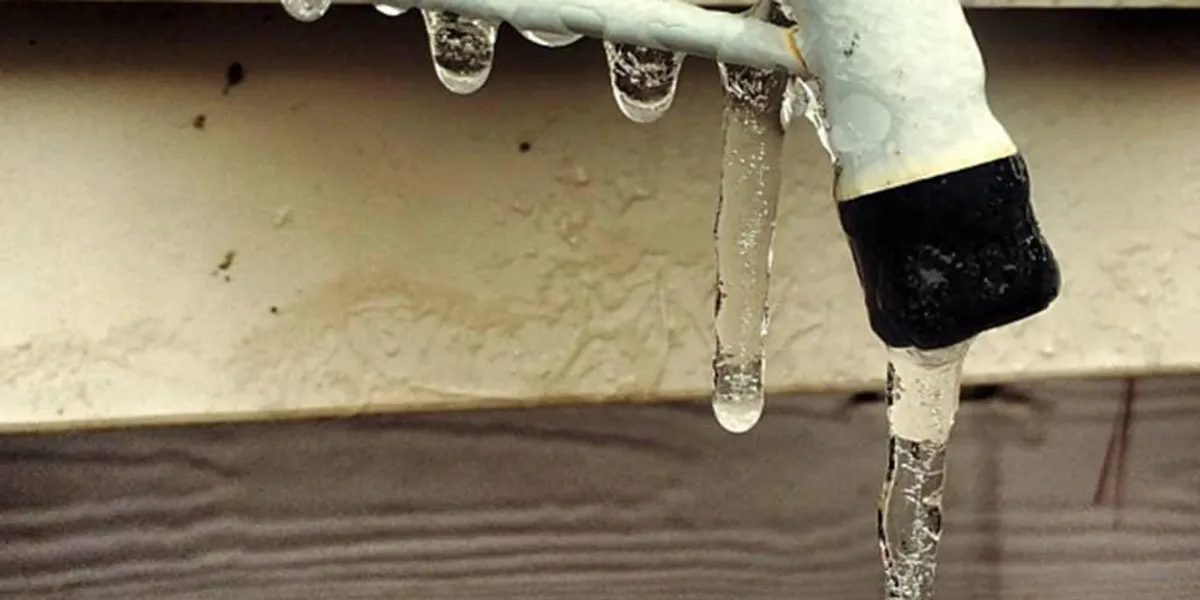Critical Strategies for Avoiding Frozen Pipes in Cold Weather
Critical Strategies for Avoiding Frozen Pipes in Cold Weather
Blog Article
Right here on the next paragraphs you can discover lots of worthwhile advice in regards to Prevent Frozen Pipes .

Cold weather can damage your plumbing, specifically by freezing pipelines. Right here's just how to avoid it from taking place and what to do if it does.
Intro
As temperature levels drop, the threat of icy pipelines boosts, possibly leading to pricey fixings and water damages. Comprehending exactly how to prevent icy pipes is essential for house owners in chilly environments.
Comprehending Icy Pipes
What creates pipes to freeze?
Pipes ice up when exposed to temperature levels below 32 ° F (0 ° C) for prolonged durations. As water inside the pipelines ices up, it expands, taxing the pipe walls and possibly causing them to burst.
Risks and problems
Icy pipelines can result in water supply disruptions, residential or commercial property damages, and expensive repair services. Burst pipes can flooding homes and cause extensive structural damages.
Indications of Frozen Pipes
Determining icy pipes early can stop them from breaking.
How to recognize icy pipelines
Seek reduced water circulation from taps, uncommon odors or noises from pipes, and noticeable frost on subjected pipelines.
Avoidance Tips
Protecting susceptible pipelines
Wrap pipelines in insulation sleeves or utilize warm tape to protect them from freezing temperatures. Concentrate on pipes in unheated or exterior locations of the home.
Heating strategies
Keep indoor spaces properly warmed, specifically locations with pipes. Open up cabinet doors to enable warm air to circulate around pipelines under sinks.
Safeguarding Exterior Plumbing
Garden pipes and exterior faucets
Disconnect and drain garden pipes before winter. Set up frost-proof faucets or cover exterior taps with shielded caps.
What to Do If Your Pipelines Freeze
Immediate activities to take
If you presume icy pipelines, keep faucets open to ease stress as the ice melts. Make use of a hairdryer or towels taken in hot water to thaw pipelines gradually.
Long-Term Solutions
Structural modifications
Think about rerouting pipelines far from outside wall surfaces or unheated locations. Include added insulation to attics, cellars, and crawl spaces.
Upgrading insulation
Invest in top quality insulation for pipelines, attic rooms, and walls. Proper insulation assists keep consistent temperature levels and decreases the threat of frozen pipes.
Final thought
Preventing frozen pipes needs aggressive measures and fast feedbacks. By recognizing the reasons, indications, and preventive measures, homeowners can shield their pipes during winter.
5 Ways to Prevent Frozen Pipes
Drain Outdoor Faucets and Disconnect Hoses
First, close the shut-off valve that controls the flow of water in the pipe to your outdoor faucet. Then, head outside to disconnect and drain your hose and open the outdoor faucet to allow the water to completely drain out of the line. Turn off the faucet when done. Finally, head back to the shut-off valve and drain the remaining water inside the pipe into a bucket or container. Additionally, if you have a home irrigation system, you should consider hiring an expert to clear the system of water each year.
Insulate Pipes
One of the best and most cost-effective methods for preventing frozen water pipes is to wrap your pipes with insulation. This is especially important for areas in your home that aren’t exposed to heat, such as an attic. We suggest using foam sleeves, which can typically be found at your local hardware store.
Keep Heat Running at 65
Your pipes are located inside your walls, and the temperature there is much colder than the rest of the house. To prevent your pipes from freezing, The Insurance Information Institute suggests that you keep your home heated to at least 65 degrees, even when traveling. You may want to invest in smart devices that can keep an eye on the temperature in your home while you’re away.
Leave Water Dripping
Moving water — even a small trickle — can prevent ice from forming inside your pipes. When freezing temps are imminent, start a drip of water from all faucets that serve exposed pipes. Leaving a few faucets running will also help relieve pressure inside the pipes and help prevent a rupture if the water inside freezes.
Open Cupboard Doors
Warm your kitchen and bathroom pipes by opening cupboards and vanities. You should also leave your interior doors ajar to help warm air circulate evenly throughout your home.

As a person who reads about How to Prevent Your Pipes From Freezing, I think sharing that piece of writing was sensible. Don't hesitate to take the time to promote this blog if you enjoyed reading it. We enjoy reading our article about Preventing and dealing with frozen pipes.
Phone Report this page